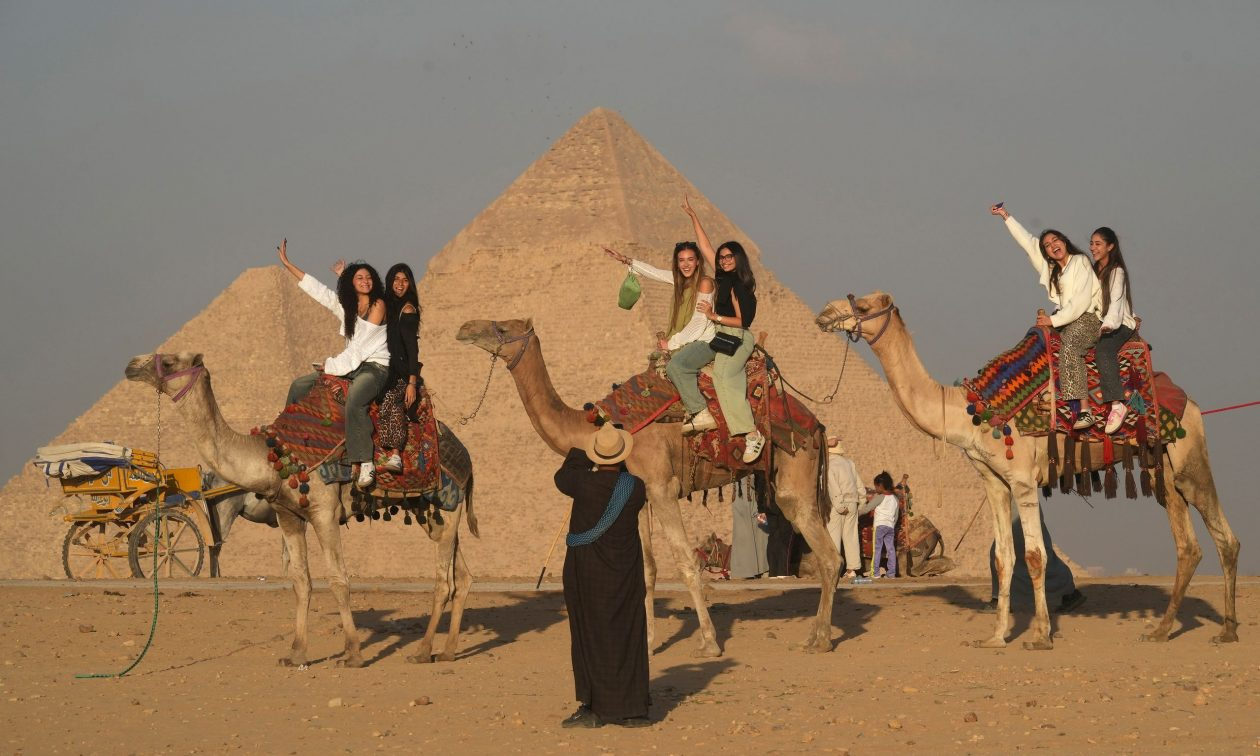Tourists riding camels and snapping photos at the famed Giza Pyramids are a common sight—but for many visitors, the reality of seeing one of the Seven Wonders of the Ancient World up close is proving underwhelming.
Despite the majesty of the Great Pyramid, Egypt's most iconic monument, growing tourist traffic is taking its toll. In 2024, the country welcomed nearly 17.5 million tourists. With a target of 30 million annual visitors by 2030, the government has launched a comprehensive effort to manage the crowds and restore the visitor experience.
A National Treasure Under Pressure
The Giza Necropolis is Egypt’s crown jewel and a global symbol of ancient civilization. However, the modern-day experience can be chaotic. The area around the pyramids is frequently overwhelmed by a mix of tour buses, private cars, persistent vendors, and unofficial guides. This congestion has led many tourists to describe their visit as more stressful than awe-inspiring.
In response, the Egyptian government is implementing a major reorganization plan. It includes a new access point from the Cairo–Faiyum road, restoration of surrounding tombs, improved digital ticketing systems, and the introduction of eco-friendly transport options within the site. The goal is to reduce environmental impact while improving visitor comfort.
Tourist Complaints Going Viral
Fireworks light up the sky above the historic site of the Giza Pyramids, marking the New Year just outside Cairo, Egypt, on Wednesday, January 1, 2025.
Social media has amplified discontent. Visitors frequently report aggressive street vendors, tourist scams, and an overall sense of disorder in places like Cairo. These posts are beginning to damage Egypt’s reputation as a travel destination—something the country cannot afford during a global tourism recovery.
Animal Welfare Takes the Spotlight
Another longstanding concern is the treatment of animals used for tourist rides. Horses, donkeys, and camels have long been offered for rides around the pyramids, but advocacy groups like PETA have documented severe neglect, injuries, and mistreatment.
Change, however, is on the horizon. Last autumn, Egypt introduced a national animal welfare program targeting major tourist sites, including Giza. As part of this shift, the government is phasing in electric shuttle buses within the necropolis, offering a sustainable and humane alternative to animal rides.
A Makeover with High Stakes
The facelift of the Giza Plateau is more than cosmetic. In today’s world of online reviews and viral posts, a single negative experience can resonate with millions. Egypt has recognized that preserving its ancient treasures goes hand in hand with maintaining its tourism economy.
Modernizing infrastructure, cracking down on unethical practices, and protecting animal welfare are no longer optional—they’re essential for the country to survive and thrive as a leading global destination.








